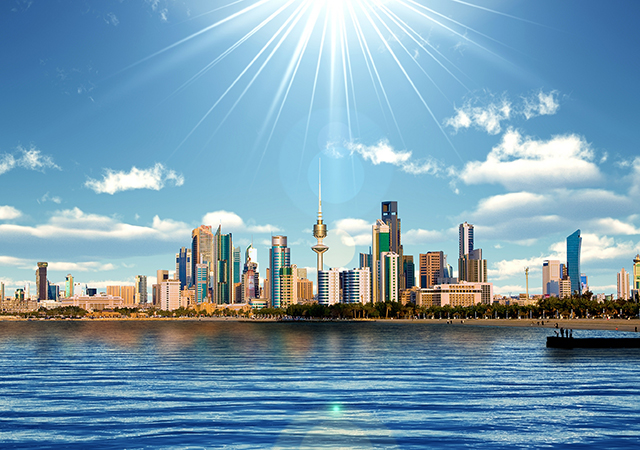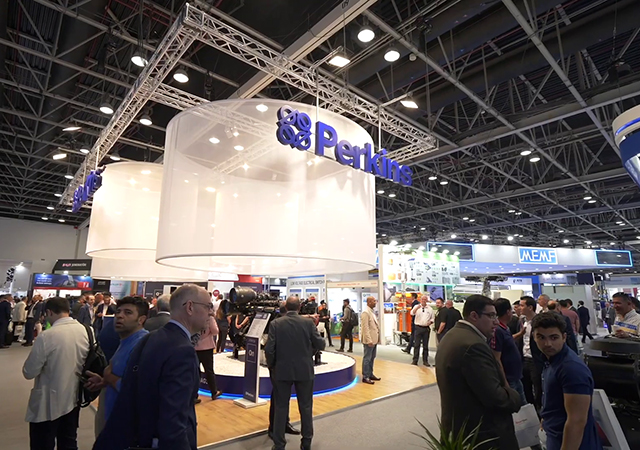

Gulf Industry magazine helps you catch up with the numbers behind economic and industrial developments in the region.
Telecom revenues breach the billion mark
BAHRAIN’S Telecommunications Regulatory Authority (TRA) reported a $53 million boost in telecom revenues between 2014 and 2015. The twelve-month period saw a rise from $1.14 billion to $1.193 billion.
The TRA’s latest market indicators report revealed a 4.7 per cent growth in the sector and a compound annual growth rate (CAGR) of 4.6 per cent between 2010 and 2015.
During that six-year period, telecom operators invested a total of $1.254 billion towards developing innovative mobile, data and broadband services to cater to the increasing demands of the Gulf’s most tech-enabled nation.
Their investment paid off as subscription rates skyrocketed. By the end of Q2 2016, the broadband penetration rate reached 145 per cent as nearly 2 million broadband subscriptions were registered.
Better yet, the mobile penetration rate reached 201 per cent as approximately 2.8 million mobile subscriptions were recorded. And there’s sure to be a demand for more. With a CAGR of 10.3 per cent and a projected value of $2.7 billion by 2020, Bahrain is on course to have the fastest growing Information and Communication Technology (ICT) in the GCC.
Electronic devices manufacturing grows in GCC
THE GCC computer and electronic products manufacturing industry has achieved significant growth in the past few years, with the compound annual growth rate (CAGR) posting 4.8 per cent since 2011, a report said.
The private sector’s contribution was significant in meeting the growing demands on these products, the Gulf Organization for Industrial Consulting (GOIC) report said.
The sector has grown in value from an estimated $395 million in 2011 to $476 million in 2015, it said.
Gulf is considered a large consumer market for computer and electronic products, with the sector’s imports doubling during the period between 2007 and 2015. The CAGR reached 12.5 per cent and the import value was estimated at $37.5 billion in 2015 compared to $14.6 billion in 2007.
On the other hand, exports of computer and electronic products registered during the same year a CAGR of 32.5 per cent. The total value of exports was estimated at $2 million in 2007 and it increased in 2015 to $1.9 billion, the report said.
The computer and electronics manufacturing sector accounted for only a small percentage (0.12 per cent) of the total investments in the GCC industrial sector, estimated at $393.7 billion during the period, the GOIC report said.
These figures show that the computer and electronic products manufacturing industry sector is still relatively a new industry in the GCC despite the presence of a huge domestic market in the Gulf countries, it said.
According to GOIC data, Saudi Arabia is leading among the GCC countries in investing in computer and electronic products manufacturing industry. These investments amounted to $376 million in 2015, accounting for about three quarters of the total GCC investments in the computer and electronic products manufacturing industry in the Gulf. UAE ranked second with 14 per cent of the investments.
GCC thermal insulation market to top $975m
DRIVEN by investments in construction of projects pertaining to sectors such as power, oil and gas, chemicals, etc., the demand for thermal insulation in the GCC is expected to cross $975 million by 2021, a report said.
Furthermore, extreme climatic conditions and favourable government policies will propel GCC thermal insulation market over the next five years, added the report from TechSci Research, a research based global management consulting firm.
Owing to limited natural water resources, the GCC nations are heavily dependent on water desalination to cater the growing demand for water. Since the demand for water has outstripped the availability in the GCC region, desalination of seawater provides a substantial portion of the region›s fresh water needs.
Saudi Arabia dominated the GCC thermal insulation market during 2011-2015, and the same trend is anticipated to continue over the next five years as well. Saudi Arabian government plans to build around 5,00,000 housing units in the country over the next five years by investing around $68 billion to ease housing shortage in the country. Further, ongoing commercial constructions like King Abdul-Aziz International Airport are expected to drive the demand for thermal insulation in the kingdom through 2021. Fiberglass was the most preferred type of thermal insulation material in the GCC region in 2015.
Qatar’s exports to five countries top $2.7bn
JAPAN, India, South Korea, the UAE, and Thailand emerged as the top five importers of Qatari goods, according to monthly statistics released by Qatar’s Ministry of Economy and Commerce for July, said a report.
The combined value of exports from Qatar to its top five destinations amounted to QR9.86 billion ($2.71 billion) in July, added the Peninsula Qatar report.
Japan and India stood at the first and second positions, in terms of the value of Qatar’s exports, with QR3.25 billion ($892.5 million) and QR2.41 billion ($661.8 million), respectively, it said.
South Korea, which came at the third place, with the export value of QR2.41 billion ($661.8 million), was behind India only with a margin of QR2 million ($549,247). Japan alone accounted for nearly 33 per cent of the top five’s export value, while the top three (Japan, India and South Korea) accounted for nearly 82 per cent.
While the combined value of Qatar’s top five origins of imports in July 2016 reached QR4.88 billion ($1.34 billion). The US, China, the UAE, Germany and Japan were the top five destinations of Qatar’s import destinations during the month of July, added the report
Iran exports 8m tonnes of petchem products
IRAN revealed that it exported 8.724 million tonnes of petrochemical products worth $3.6 billion from March 20 to August 21, said a report.
According to a report by National Petrochemical Company (NPC), the production of petrochemicals reached 21.238 million tonnes during the five-month period, added Iran Daily News, citing IRNA. The output of petrochemical complexes stood at 4.215 million tonnes, of which 1.859 million tonnes worth $569 million were exported, the report added.
The country›s petrochemical production capacity is currently 61 million tonnes and the figure will almost double to reach 120 million tonnes by 2025.
For the first time, two Iranian petrochemical shipments were dispatched in late August to Brazil.
Iranian petrochemical industry pursues diversification of export markets for petchem and polymer products as a major policy in the post-JCPOA period, added the report.









